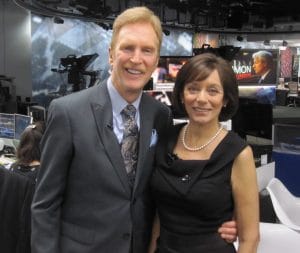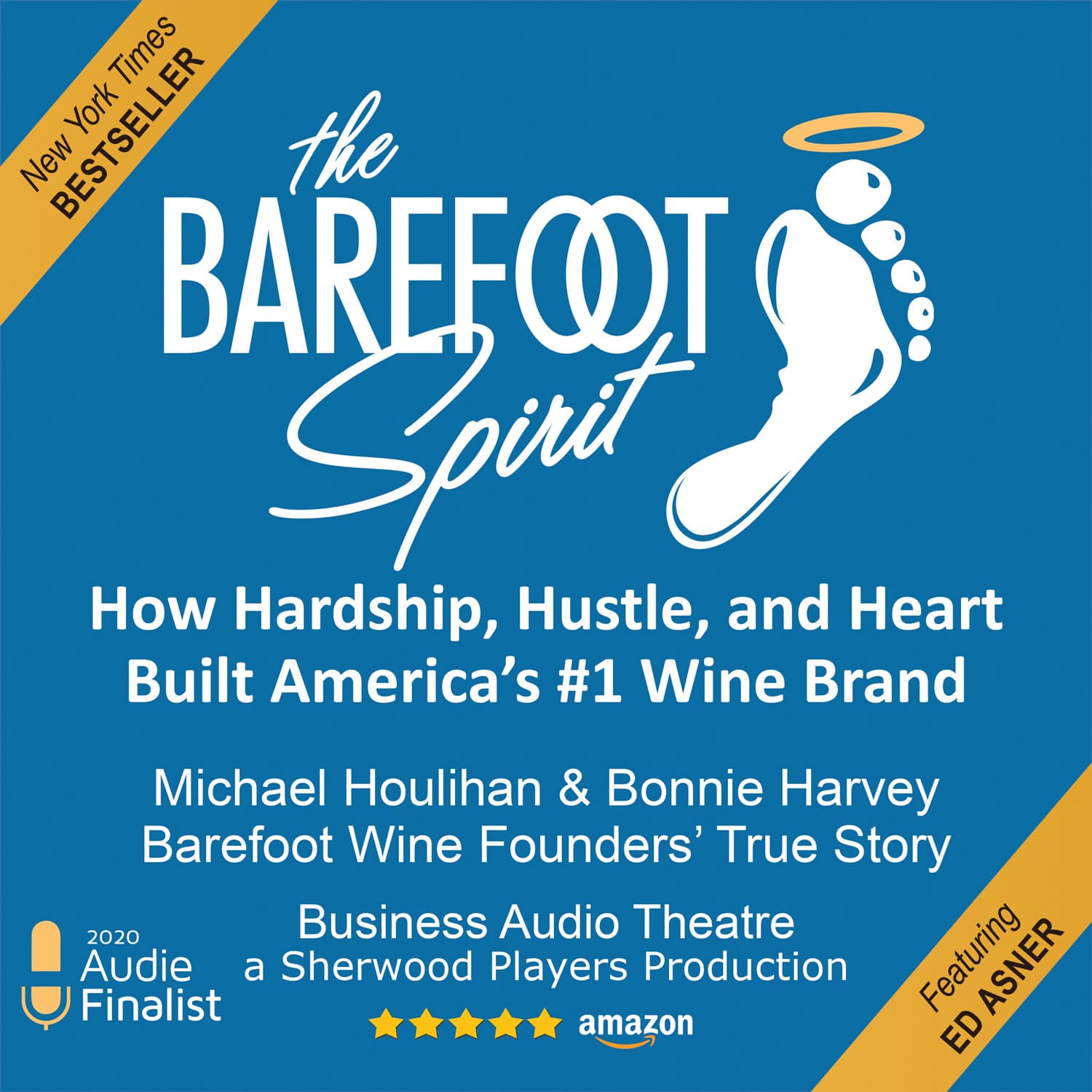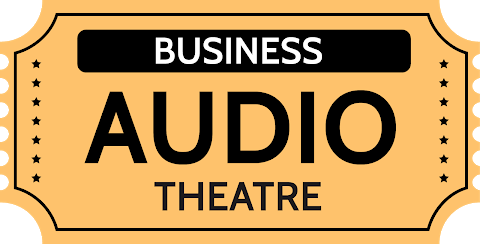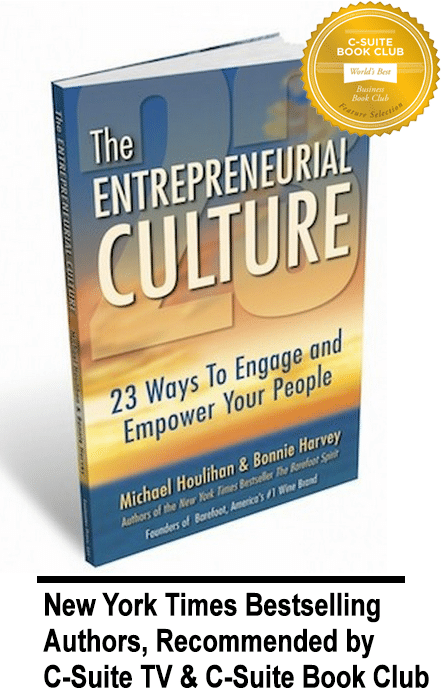
For most of our consumer products it’s just plain more convenient to go to the store. You know, get everything at once, all in one transaction, and have it instantly. The thought of ordering each item separately on line with hundreds of items delivered to your home each month seems onerous. Also, delivery, except for the trip to the store and back, is free, not hidden in the price of the product that comes with “free shipping.”
There’s another more subtle dynamic that happens only at the store that doesn’t happen on line, and that’s the notion buy, also known as the impulse purchase. The closest thing to notion buying on line is “People who bought this product also bought these products.” The online ads may tempt you with offers that fit your buying profile, but something is missing.
It’s just not the same as going to the store to buy a market basket of items and discovering a new product you weren’t even looking for. You stumble upon it, perhaps literally if it’s stacked in the aisle to get your attention. You can’t wait to get home and try it out and tell your friends and family what you discovered. In fact, discovering new products is part of the fun of going to the store. You almost expect and hope to see new things!
And it’s a good thing too, especially for inventors, makers and other commercial physical product producers. It’s their chance to build their brand by putting their products in front of everyone who goes to that store. Just imagine how long and how expensive it would be to build up that kind of traffic for your new product on line. Retail stores can provide a big short cut for your consumer product sales.
When we were building the Barefoot Wine brand, we were able to access our target market, the 37-year-old mom, with notion buying stacks of our products far from the wine aisle. In fact, the produce department and the butcher shop were the most effective places for us because that’s where she was thinking about meal planning and she noticed our product there would go well with her dinner.
Recently we bought a new type of cleverly designed wrench at the hardware store. It wasn’t with the other wrenches. It was new and probably couldn’t get any shelf space in that crowded department anyway. But there it was, on a display, next to the cash register, where we had to wait our turn. That’s when we noticed it. That’s where we physically inspected it. And that’s when we bought it. The odds of finding it on line, or even in the wrench section where slim to none. We weren’t looking for a wrench. But we went home with a dandy.
That’s impulse buying. You have to see the item in physical reality. It has to be displayed in a way that will get your attention. It’s not what you came for, but it’s what you go home with! For you new product producers, this is one of the biggest advantages of old-fashioned bricks and mortar stores over online shopping. It gives you an opportunity to make incremental sales.
And for the consumers? Discovering something new by surprise is half the fun of going to the store in the first place!
Who We Are

Michael Houlihan and Bonnie Harvey co-authored the New York Times bestselling business book, The Barefoot Spirit: How Hardship, Hustle, and Heart Built America’s #1 Wine Brand. The book has been selected as recommended reading in the CEO Library for CEO Forum, the C-Suite Book Club, and numerous university classes on business and entrepreneurship. It chronicles their humble beginnings from the laundry room of a rented Sonoma County farmhouse to the board room of E&J Gallo, who ultimately acquired their brand and engaged them as brand consultants. Barefoot is now the world’s largest wine brand.
Beginning with virtually no money and no wine industry experience, they employed innovative ideas to overcome obstacles, create new markets and forge strategic alliances. They pioneered Worthy Cause Marketing and performance-based compensation. They built an internationally bestselling brand and received their industry’s “Hot Brand” award for several consecutive years.
They offer their Guiding Principles for Success (GPS) to help entrepreneurs become successful. Their book, The Entrepreneurial Culture: 23 Ways To Engage and Empower Your People, helps corporations maximize the value of their human resources.
Currently they travel the world leading workshops, trainings, & keynoting at business schools, corporations, conferences. They are regular media guests and contributors to international publications and professional journals. They are C-Suite Network Advisors & Contributing Editors. Visit their popular brand building site at www.consumerbrandbuilders.com.
To make inquiries for keynote speaking, trainings or consulting, please contact sales@thebarefootspirit.com.






